Dividing lines

A yellow line indicates the division of a two way traffic road (it’s the center line), whether a white line indicates a lane. A solid line can’t be crossed, whereas a broken line can be crossed if it is safe to do so.
Parking spaces
White squares indicate parking spaces. There can also be specific parking space for motorbikes.
Big yellow “X” marks on the road means no stopping on this area (usually so as not to block an intersection while waiting at a traffic light).
Curb sides

A red and white curbside means no parking. A yellow and white curbside means no parking, but temporary loading/unloading of goods or passengers is allowed. Curbsides can also be painted in black and white, to help distinguish them. Parking may be allowed, watch for the signs (and also watch for anyone who might be upset if you park).
Pedestrian crossings
Pedestrian crossing are those white stripes on the road that all vehicles ignore and that pedestrians sometimes venture on, usually ending up running for their lives.
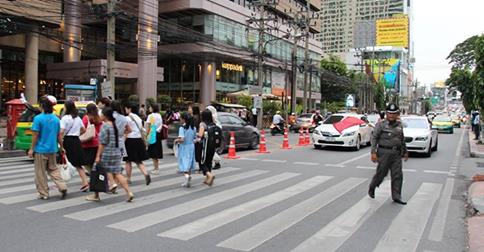
Lanes
Drivers must pay attention to arrows indicating where their lane is going, especially in Bangkok. Some lanes are for buses only.

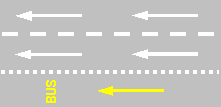
Traffic lights
The good thing about traffic lights in Thailand is that many of them have a counter indicating how many seconds remain before it changes colour. Of course everybody tends to rush when there are only a few seconds of green light remaining! But when it is red you know exactly how much time you have to wait, and you can relax. The not so good thing about traffic lights is that they are not always to be found at the same place. Sometimes they are just where you stop, or they can be accross the intersection, or hanging over it. You also have to pay attention to the arrows. So, mastering the traffic lights take a little practice.
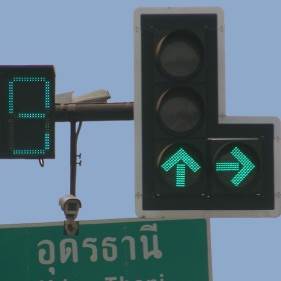
Driving and Parking
If you do intend to drive a vehicle in Thailand, there are several laws regarding driving and parking that are useful to know.
Driving and Drinking While Driving
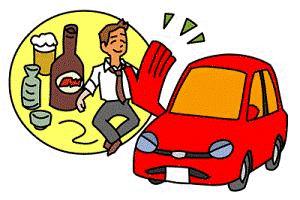
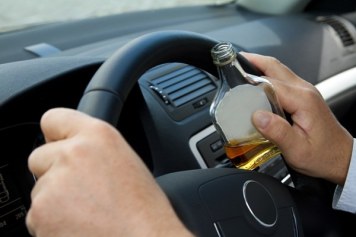
The legal driving age in Thailand is 18 for car drivers and at least 15 years of age for motorbike drivers. All tourists to Thailand are required to have an International Drivers’ License on their person at all times while operating a vehicle. It is also advisable to carry a copy of your passport information page and Thai visa with you at all times. Front seat car passengers, as well as the driver, must wear seat belts. Motorbike drivers and their passengers are required by law to wear helmets.
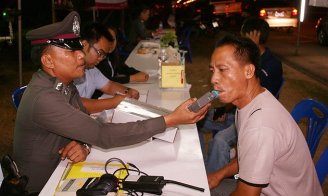
A survey conducted by the Thailand Accident Research Center in 2009 found that out of the 3,757 motorbike drivers and passengers surveyed, 15% were unaware that passengers must wear helmets and 32% did not wear helmets while riding as passengers. The payment for breaking helmet laws depends on the authorized officer issuing the fine, but is usually between 500-1000 baht. Thailand’s legal blood-alcohol limit for drivers is 0.5 grams per liter of blood, and 0.2 grams for drivers who have possessed their license for less than five years. The fines for drunk driving in Thailand are usually heavy and can increase during holiday seasons.
Parking 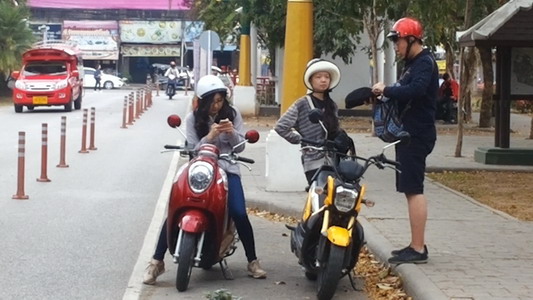
Parking rules and fines are usually found on curbside parking signs. Unfortunately, outside of tourist-frequented areas, the information on these signs is usually posted in the Thai language. Curbside or lot signs with a one red diagonal in a blue circle indicate “no parking,” and signs with a red X in a blue circle indicate “no stopping/no parking.” Painted curbsides also indicate parking regulations. Red and white paint means “no parking;” yellow and white markings mean short-term parking or a bus stop; a white rectangle painted on the road indicates a “parking” zone; and multiple diagonal white lines means parking for motorbikes only.
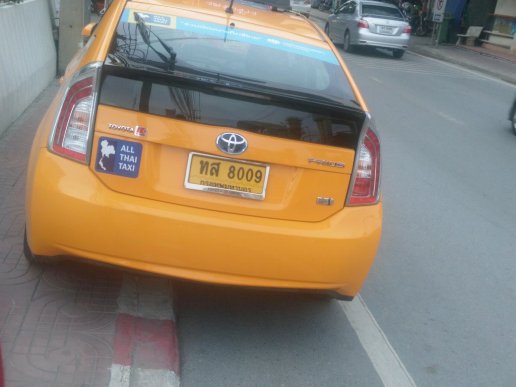
Do not do like this picture.
False Documents and Identification
Come to Thailand as a backpacker or even a high-end tourist and for the right amount of money you could leave a licensed truck driver, Masters Degree holder, or passport holder of nearly any country. Vendors hawking fake IDs are numerous in Bangkok and other major tourist destinations in Thailand. Getting caught using or citing a falsely created document, however, can result in fines and imprisonment. It is illegal to present a false document as a real one, and it is also illegal to use the information from a false document on any official application. The buyer and user of a fake International Student ID, for example, is just as liable to penalties as the seller of the falsified ID.
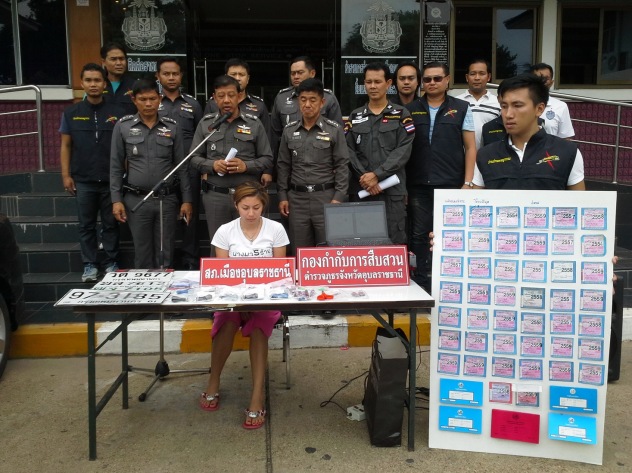
Penalties
The penalty for presenting or referring to a falsified document is six months to ten years imprisonment and/or a one thousand baht to two hundred thousand baht fine, depending of the type of fake document used. For example, using a fake passport carries a much heavier fine and imprisonment penalty than using a fake Student ID. Using or referring to a professional certification – including teaching degree, law degree, medical license, accountant’s certificate, etc. – is punishable by at least two years imprisonment and/or at least four thousand Baht fine.
Littering
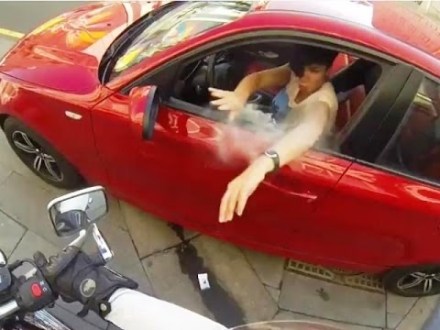
Littering is against the law in Thailand. In Bangkok, the Bangkok Metropolitan Authority (BMA) generally oversees rules and fines regarding littering. The maximum fine for littering should not exceed two thousand baht. If you are asked to pay more than two thousand baht, you are most likely being scammed or dealing with persons unauthorized to enforce the littering law. On 29 August 2010, however, the Bangkok Post Online’s Spectrum Section released an investigative report into malpractices involving BMA inspectors and foreign tourists. You can ask to see identification from anyone who claims to be a BMA inspector. If the person is authorized, they will be able to show you their license and ID immediately; if you are being scammed, the person will often just walk away.
